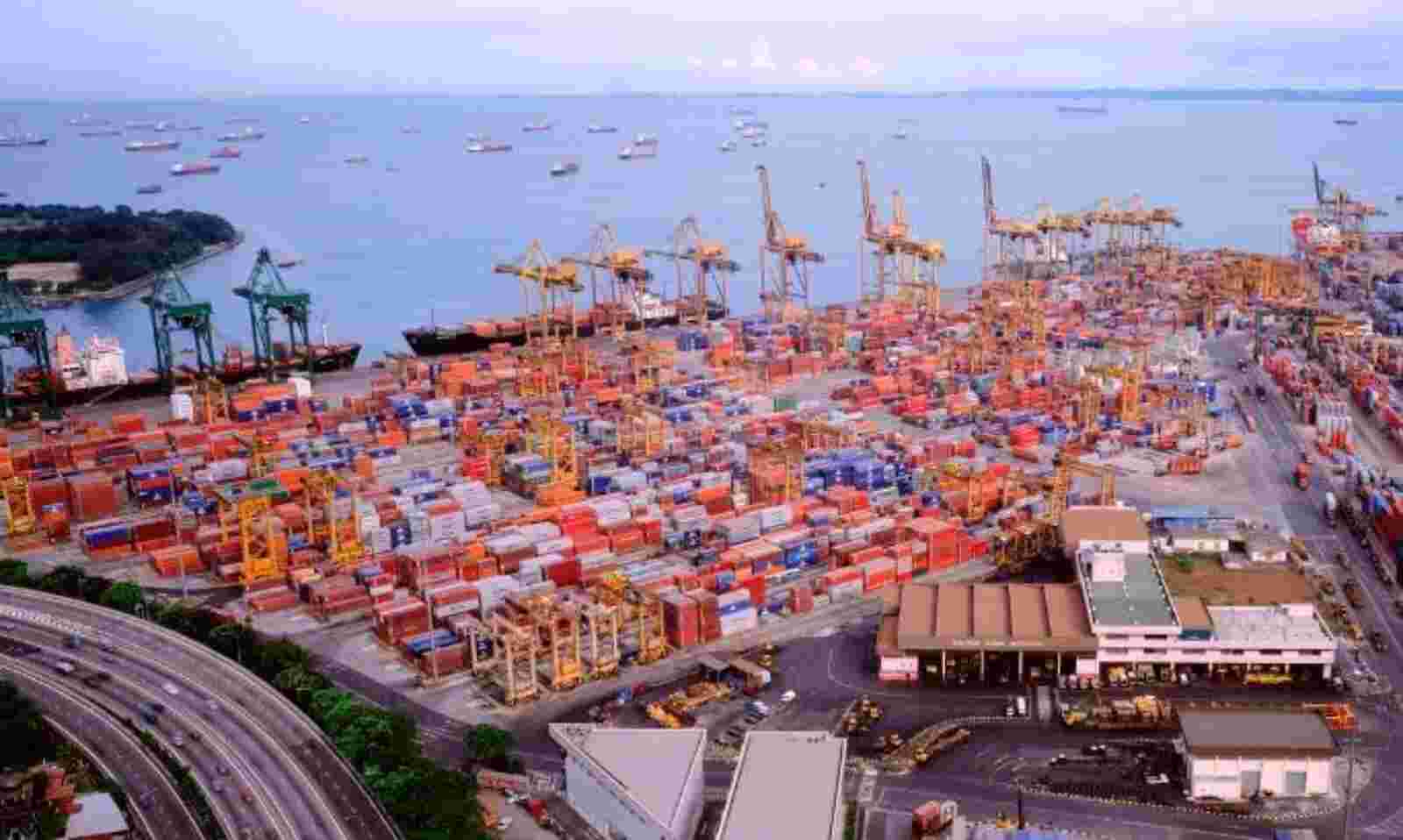“Is it over yet?” If there was ever a question to sum up the last several months, the aforementioned sentiment would be it.
While constraints and delays continued into the first couple months of 2022, it still seemed that the year would see continuing improvement in supply chain conditions. Due in part to Covid-19 finally becoming endemic in much of the world.
OEMs with China-dependent supply chains even had reason to hope that the late-winter surge in Omicron cases in China would cause only moderate disruptions. President Xi Jinping had ordered more flexible containment policies and local authorities were taking a lighter touch compared to the military-style containment campaigns waged earlier.
But by March, those hopes looked naïve in the wake of lockdowns in many parts of China. And by last month, it became apparent that China is continuing its zero-Covid pandemic policies. This, in contrast to much of the rest of world which “has adopted a strategy of minimizing Covid infections and managing waves while avoiding severe disruptions to business and daily life,” wrote the Wall Street Journal last week.
And now, Chinese lockdowns and quarantine policies have again fractured global supply chains. The Institute for Supply Management reported in April that average time for U.S. manufacturers to receive materials increased to 100 days—the longest span ever reported by ISM. Fifteen percent of ISM members fear delays from suppliers in Asia will last into the summer, while Apple announced a $4 billion to $8 billion hit to Q2 revenue due to inability to meet consumer demand.
The enormous Shanghai export hub—which straddles three provinces: Jiangsu, Zhejiang, and Anhui—is the epicenter of supply chain disruptions (the region produced 7.2% of China’s exports in 2021). Resilinc’s data reveals there are 7,000 supplier-operated sites in Shanghai at risk and/or experiencing disruptions from the lockdowns. These sites make nearly 10,000 parts for Resilinc customers in industries ranging from automotive to life sciences. (Read Resilinc’s Special Report on China Port Congestion here.)
Beijing is experiencing comparable lockdowns, and the economic impacts threaten to erode China’s economic growth for 2022. But the impact of lockdowns in Beijing—where Resilinc monitors 2,400 supplier-operated sites for customers—is having significantly less impact on global supply chains than those in Shanghai.
Looking more broadly at China’s response to the virus, health experts question the efficacy of its policies, pointing out that zero-covid combined with China’s less-effective vaccines have kept immunity levels lower than in the U.S., Europe and elsewhere. “China’s lack of an mRNA shot — and its delay in approving a viable foreign option — has poked holes in Beijing’s victorious pandemic narrative and prompted experts to question whether the country’s go-it-alone approach is less triumphant than officials would have the world believe,” wrote New York Times Shanghai Bureau Chief Alexandra Stevenson in February.
Regardless of the “what-ifs” in China’s Covid response, the outlook through 2022 is full of risks for supply chains; many of those still arising from the virus and policies to contain it. Constraints in semiconductor supplies, port congestion and shortages of skilled and semi-skilled labor for logistics and manufacturing continue, and longer-term risks like critical minerals shortages will endure.
As supply chain managers consider strategies for increased resilience, many are weighing their options for decoupling from China and reshoring—bringing supply chains back home from foreign countries—and nearshoring—bringing them closer to home or to major markets. Read: The Case for a Pan-American Manufacturing Ecosystem.
While Resilinc applauds the heightened scrutiny of supply chain vulnerabilities, there are real limits on the extent to which OEMs can or should re/nearshore or seek a hasty exit from China. There are compelling reasons that China and other Asian countries dominate global supply chains—and those reasons are no longer limited to the labor cost advantages that originally drew manufacturers to Asia. China in particular offers world-class expertise in advanced industries, a vast skilled workforce, unmatched logistics and other competitive advantages.
And even when final production or assembly is sourced elsewhere, non-Chinese suppliers are still dependent on Chinese parts such as smartphone components and materials like textiles. Only a thorough multi-tier supply chain mapping initiative as part of a broader supply chain risk management or reshoring program can increase supply chain resiliency. For more on that check out: What will it really take to move supply chains out of China? It starts with mapping.
For supply chain managers, the job of identifying and managing risks in supply chains will never be over. In many ways, it’s just getting started.





